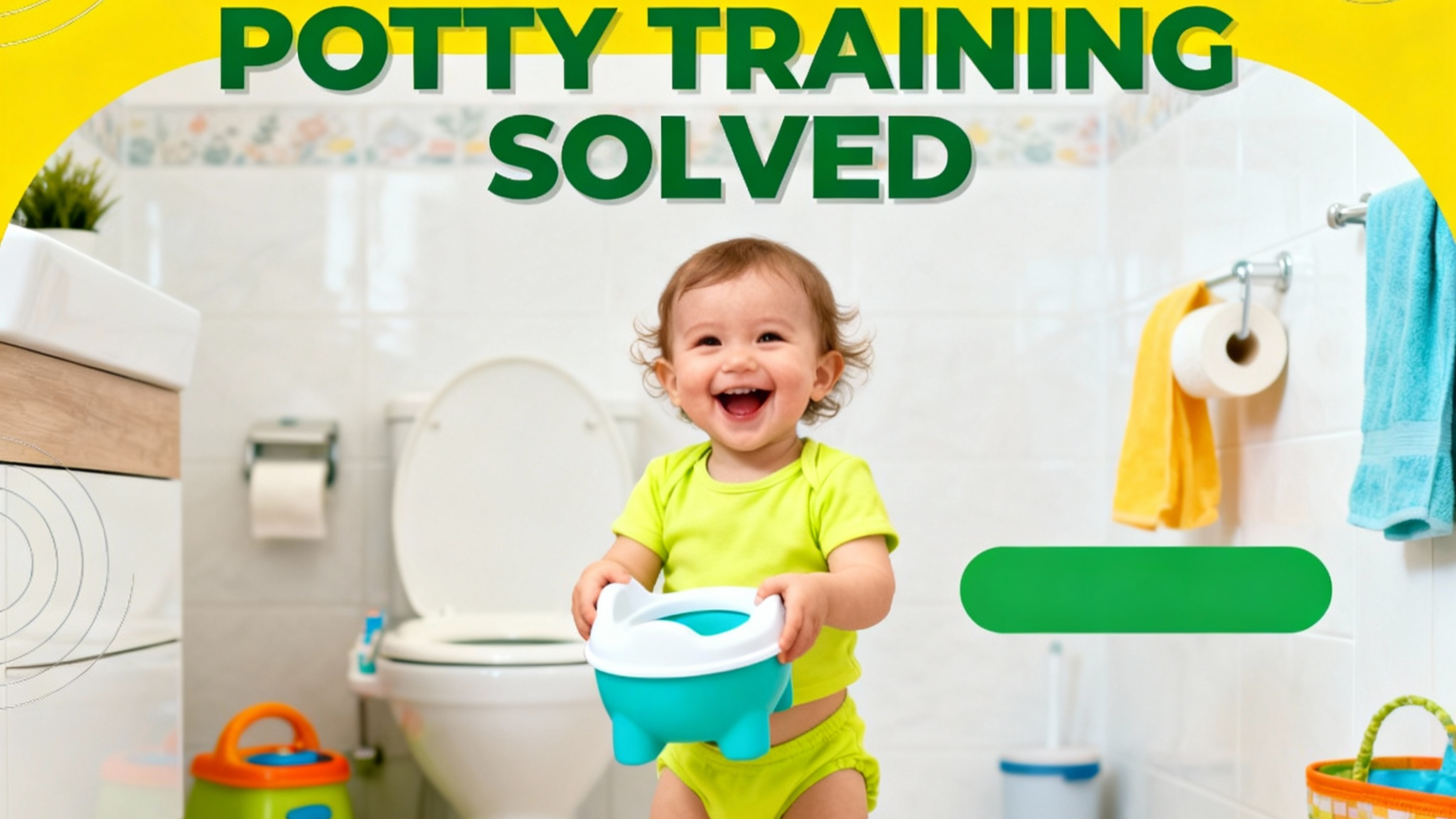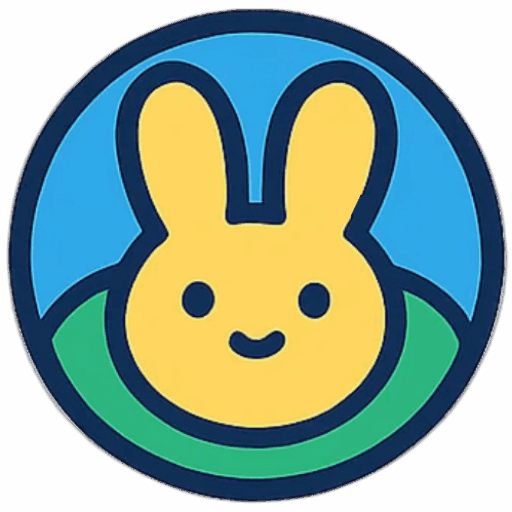What Age Should I Start Potty Training? : 3-Day Success Guide for Parents 2025

Potty train your toddler fast! Proven 3-day method, AAP-approved tips, readiness signs, best age (18-36 months), expert answers & free printable rewards.
Potty Training Mastery: 3-Day Method
Research-backed guide with 90%+ success rate. AAP-approved methods, free printable charts, step-by-step videos. Start between 18-36 months for best results!
🎯 Is Your Toddler Ready?
Take this 2-minute readiness assessment based on AAP guidelines
✅ Readiness Checklist (Check all that apply)
Track your child’s readiness signs:
What Science Says About Potty Training
According to the American Academy of Pediatrics (AAP), children typically show readiness between 18-24 months, begin training around 24 months, and achieve daytime dryness by 30-36 months. However, research from 2025 shows wide variation is completely normal.
A groundbreaking study tracking toilet training methods found that 90%+ success rates are achievable with the intensive “Azrin & Foxx” 3-day method when children are developmentally ready (20+ months), while the gentler “Child-Oriented” approach takes longer but causes less stress for both parent and child.
💚 The Research Truth About Potty Training:
- Starting between 18-24 months = shorter total training time (average 12 weeks)
- Waiting until 3+ years = faster initial training (9 days average) but may increase urge incontinence risk
- No “one size fits all” – success depends on child readiness, parent consistency, method choice
- 72% of cloth diaper users complete training by 2.5 years vs 54% of disposable diaper users
- Children trained after 32 months show higher urge incontinence rates in some studies
🧠 Why Age & Readiness Matter
Research published in Pediatrics found that training after 32 months was associated with higher urge incontinence rates in children. Another comprehensive study showed training before 18 months or after 42 months correlates with more daytime wetting issues. The neurological “sweet spot” appears to be 18-30 months when bladder control naturally develops but toddler resistance hasn’t peaked.
The key isn’t just age—it’s developmental readiness. Your child’s nervous system must be mature enough to recognize bladder signals, communicate urgency, and coordinate the complex muscle actions needed for toileting. This typically happens between 18-36 months, but every child is unique.
The 5 Most Popular Potty Training Methods
| Method | Duration | Success Rate | Best For |
|---|---|---|---|
| 3-Day Intensive (Azrin & Foxx) | 3-7 days | 90-100% (age 20+ months) | Parents with dedicated time, older toddlers showing readiness |
| Child-Oriented (AAP-Endorsed) | 3-12 months | High (gradual success) | Low-stress approach, younger toddlers, gentle parenting |
| Infant Potty Training (EC) | 6-18 months | Variable (70-85%) | Elimination communication advocates, stay-at-home parents |
| Brazelton Method | Weeks to months | 85-90% (gentle) | Following child’s complete lead, no pressure approach |
| Combination Approach | 1-3 months | 85-95% | Flexible parents, average toddlers, balanced method |
3-Day Intensive Method
How it works: Clear 3 full days in your schedule. Child goes naked from waist down. Offer potty every 15 minutes. Immediate rewards for success. Studies show 74-100% success rate for children under 25 months who are developmentally ready!
Pros: Fast results, high success rate, builds independence quickly.
Cons: Requires full commitment, can be exhausting, not suitable for all temperaments.
Child-Oriented Method (AAP)
How it works: Wait for ALL readiness signs before starting. No pressure or punishment. Let child lead the pace. Introduce potty gradually as furniture. AAP-endorsed approach.
Pros: Very low stress, follows child’s timeline, gentle approach.
Cons: Takes much longer (weeks to months), requires patience, may extend diaper phase.
Combination “Best of Both”
How it works: Prep phase with child-led introduction (2-4 weeks), then transition to 3-5 day intensive push when readiness clear. 85-95% success rate with balanced approach!
Pros: Balances speed with gentleness, flexible, high success.
Cons: Requires planning, need to read child’s cues well.
Your Top Potty Training Questions Answered
What age should I start potty training?
The AAP recommends starting between 18-24 months based on readiness signs, not calendar age. Research shows:
- 18-24 months: Most children show initial readiness signs
- 24-30 months: Peak training success window (shortest duration)
- 30-36 months: Average age for daytime dryness achievement
- After 36 months: Faster initial training (9 days) but possible increased incontinence risk
Bottom line: Start when YOUR child shows at least 6-8 readiness signs, typically between 18-30 months for optimal results.
Does the 3-day method really work?
Yes! Research on the “Azrin & Foxx” intensive method shows 90-100% success rates when certain conditions are met:
- Child is 20+ months old and showing readiness signs
- Parents commit fully to 3 consecutive days (no distractions)
- Consistent positive reinforcement is used (rewards, praise)
- Method is followed exactly as designed (naked bottom, frequent potty sits)
However, it’s not magic. If your child isn’t ready or resists strongly, waiting 2-4 weeks and trying again often yields better results than forcing it. The “3 days” refers to intensive training—full mastery takes 1-2 weeks typically.
What if my child resists or has accidents?
Resistance is normal! Here’s how to handle it:
- For strong resistance: Take a 2-4 week break. Don’t force it. Come back when child shows more interest.
- For accidents: Expected and normal! Stay calm, neutral response: “Oops, pee goes in the potty. Let’s try again.” Clean up together without shame.
- For regression: Common after illness, travel, new sibling. Temporary—return to basics for 3-5 days.
- For power struggles: Give choices: “Red potty or blue potty?” “Before snack or after?” Control reduces resistance.
Remember: 95% of children are fully trained by age 4 regardless of method. Your child WILL get there!
Should I use rewards/bribes?
Yes, positive reinforcement is evidence-based and effective! Research shows it significantly increases success rates:
- Immediate rewards work best: Stickers, M&Ms, high-fives right after success
- Praise is powerful: “You did it! You kept your underwear dry!”
- Visual charts help: Sticker charts create excitement and track progress
- Big rewards for milestones: Toy after 3 dry days, special outing after 1 dry week
Not “bribery”—it’s motivation! You’re teaching a complex new skill. Rewards acknowledge effort and celebrate wins. Gradually fade them out after 2-3 weeks of consistent success.
How do I night train?
Night training is separate from daytime training and often happens months later:
- Typical timeline: Daytime dryness at 30-36 months, nighttime dryness at 3-5 years
- Wait for signs: Dry diapers at wake-up for 5-7 consecutive days
- It’s physiological: Nighttime dryness requires hormonal development (ADH), can’t be “trained”
- Don’t rush it: 15-20% of 5-year-olds still wet at night—completely normal
- Limit evening fluids: Stop drinks 1-2 hours before bed, use bathroom right before sleep
- Waterproof mattress pad: Essential for protecting bed during transition
If bedwetting persists past age 7, consult your pediatrician to rule out medical causes.
What about daycare/different caregivers?
Consistency across caregivers is crucial for success:
- Communicate with daycare: Discuss your method, timeline, and approach before starting
- Provide supplies: Extra underwear (10+ pairs), wipes, plastic bags for accidents
- Same schedule everywhere: If you take to potty every hour at home, daycare should too
- Same language/cues: Use identical words (“Do you need to use the potty?”) across all caregivers
- Weekend coordination: Don’t regress to diapers on weekends if doing underwear at daycare
Pro tip: Some parents do initial intensive training on a 3-day weekend, then transition to daycare on day 4-5 when child understands the basics.
🌟 Ready to Start Your Potty Training Journey?
Join 100,000+ parents at Kideos Station! Get FREE printable reward charts, step-by-step video tutorials, expert Q&A access, and our complete potty training toolkit.
Download Free Printable Charts → Shop Potty Training Products → Join Parent Community →10 Expert Tips for Potty Training Success
🌟 The Secret to Success: Consistency + Patience
- Tip 1: Start on a long weekend or during vacation when you have 3+ consecutive days free
- Tip 2: Buy 15-20 pairs of underwear—you’ll go through them!
- Tip 3: Let child pick “big kid underwear” with favorite characters for extra motivation
- Tip 4: Keep potty in main living area during training (not just bathroom)
- Tip 5: Set phone timer every 30-60 minutes as potty reminder first week
- Tip 6: Dress child in easy on/off clothing (elastic waists, no overalls/buttons)
- Tip 7: Make it fun! Read potty books, sing potty songs, celebrate every attempt
- Tip 8: Never punish or shame for accidents—it creates fear and delays progress
- Tip 9: Expect 3-5 accidents daily first week—it’s part of learning!
- Tip 10: If it’s not working after 1 week, take a break and try again in 2-4 weeks
💚 You’ve Got This!
Potty training is a developmental milestone, not a race. Every child masters it at their own pace—and 95% are fully trained by age 4 regardless of method. Focus on your child’s readiness, stay consistent with your approach, celebrate small wins, and remember: the frustration is temporary, but the achievement lasts forever!
Need more support? Visit Kideos Station for video tutorials, printable charts, expert Q&As, and a community of 100,000+ parents cheering you on! 🎉

